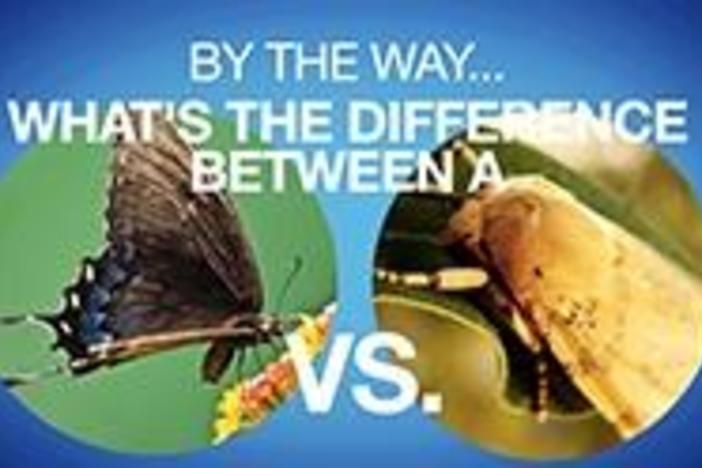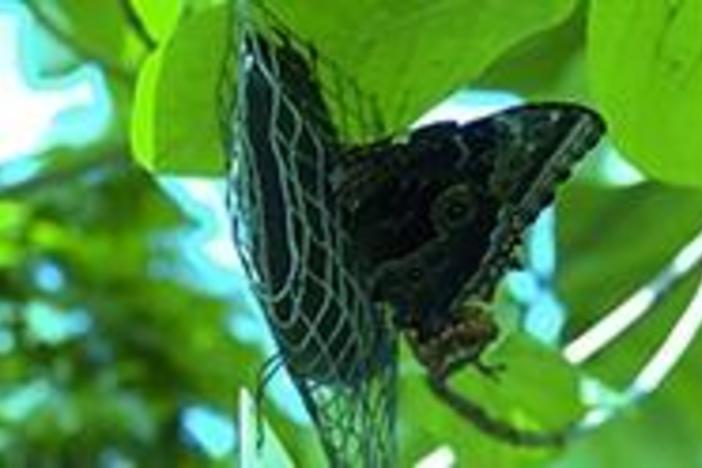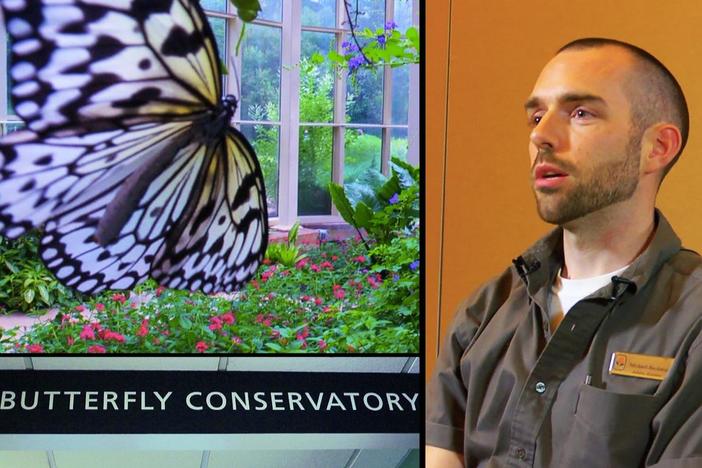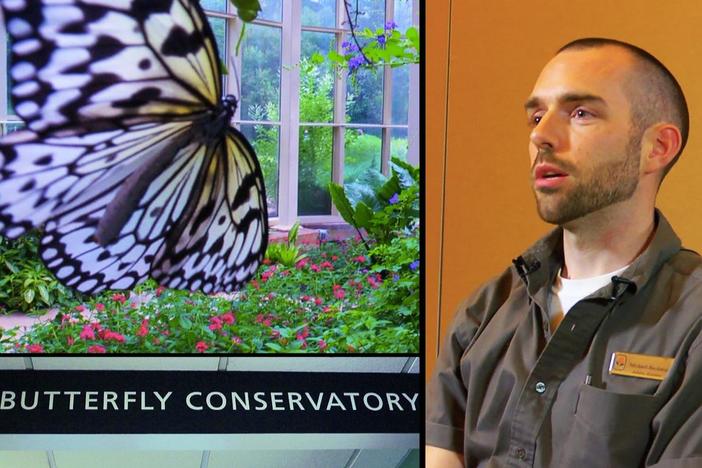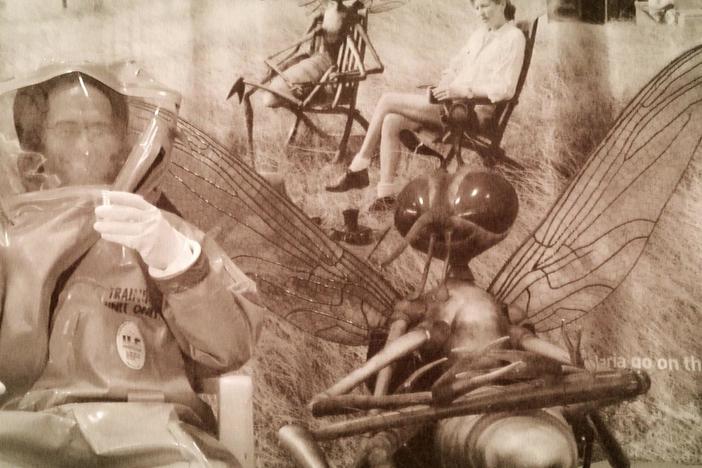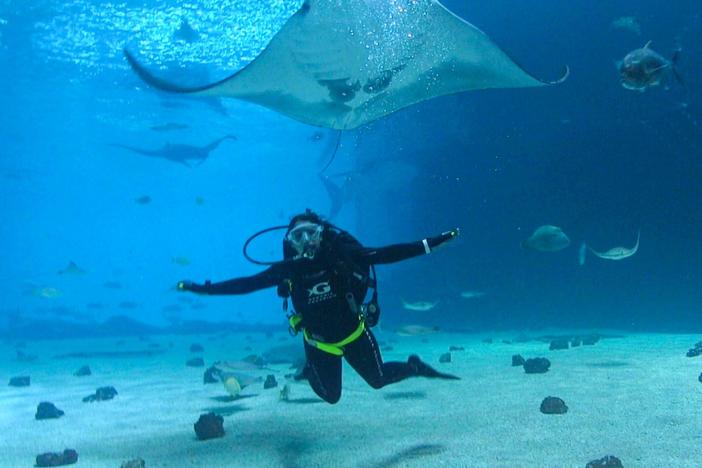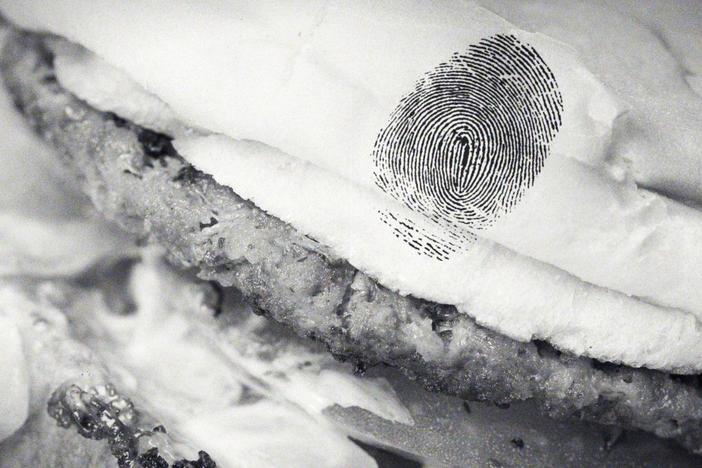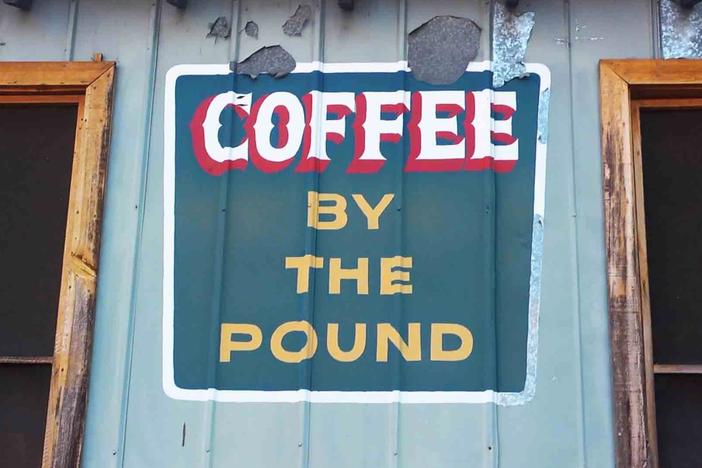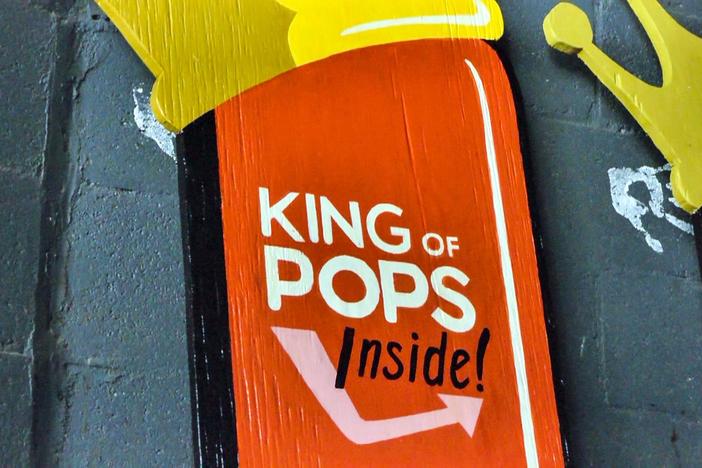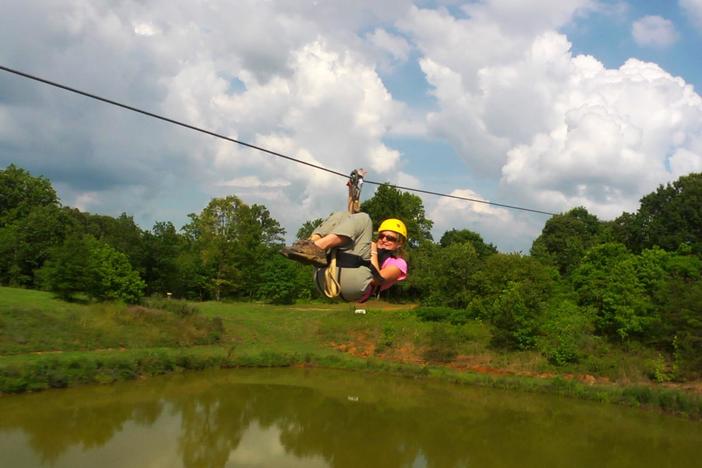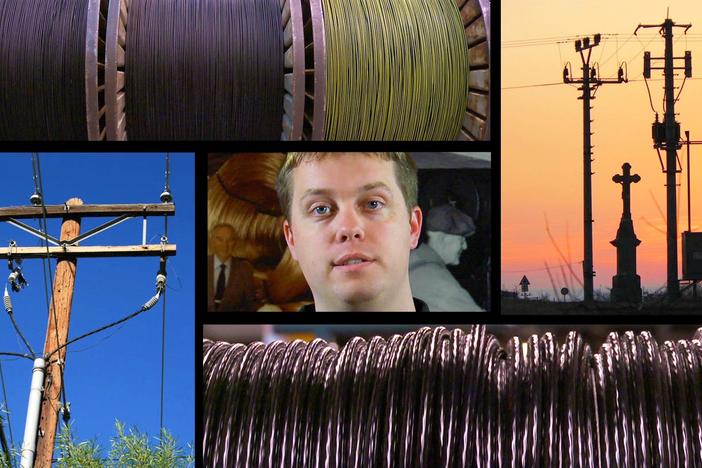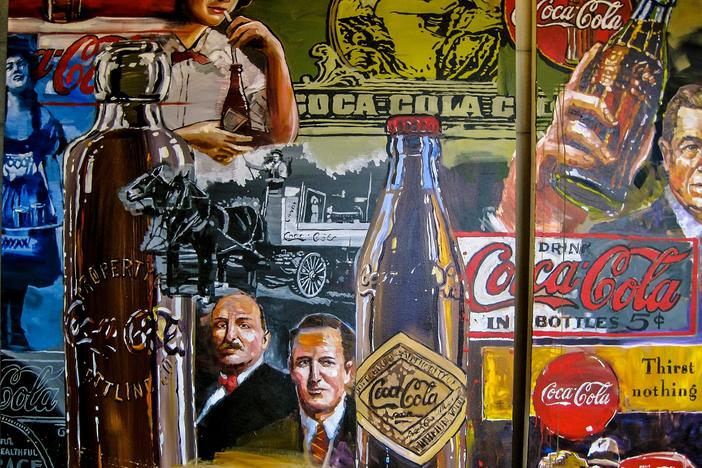Callaway Gardens
We travel to Pine Mountain to spin the Fast Forward “Wheel of Information,” where we get all the news on Callaway Gardens and how it came to be. Thanks to the experts, including the manager of the Day Butterfly Center, we get a peek into the fields of zoology and entomology and learn more about butterflies than we ever thought possible. Please take our word for it. Some of it is frass-related. We warned you!
Callaway Gardens
We travel to Pine Mountain to spin the Fast Forward “Wheel of Information,” where we get all the news on Callaway Gardens and how it came to be. Thanks to the experts, including the manager of the Day Butterfly Center, we get a peek into the fields of zoology and entomology and learn more about butterflies than we ever thought possible. Please take our word for it. Some of it is frass-related. We warned you!
Science
Ask questions to determine the sequence of the life cycle of common animals in your area: a mammal such as a cat, dog or classroom pet, a bird such as a chicken, an amphibian such as a frog, and an insect such as a butterfly.
Construct an explanation of an animal's role in dispersing seeds or in the pollination of plants.
Develop a model that illustrates how plants are sorted into groups (seed producers, non-seed producers) using data from multiple sources.
Evaluate historical models of how organisms were classified based on physical characteristics and how that led to the six kingdom system (currently archaea, bacteria, protists, fungi, plants, and animals).
Obtain, evaluate, and communicate information to examine the interdependence of organisms with one another and their environments.
Construct an argument supported by evidence for how animals can be grouped according to their features.
1. Why should there be a public gardens? Can't people just go outdoors?
2. What is the difference between a public gardens and a zoo?
Birds of Prey: several species of birds that hunt and feed on rodents and other small animals
Horticulture: the science of growing fruits, vegetables, and flowers
Anatomy: the study of the structure of living things
Frass: debris or excrement produced by insects
Entomology: is the scientific study of insects, a branch of zoology
-
Special Thanks
Rachel Crumbley, Town of Pine Mountain
This content was developed under a grant from the U.S. Department of Education. However, this content does not necessarily represent the policy of the U.S. Department of Education, and you should not assume endorsement by the Federal Government.
